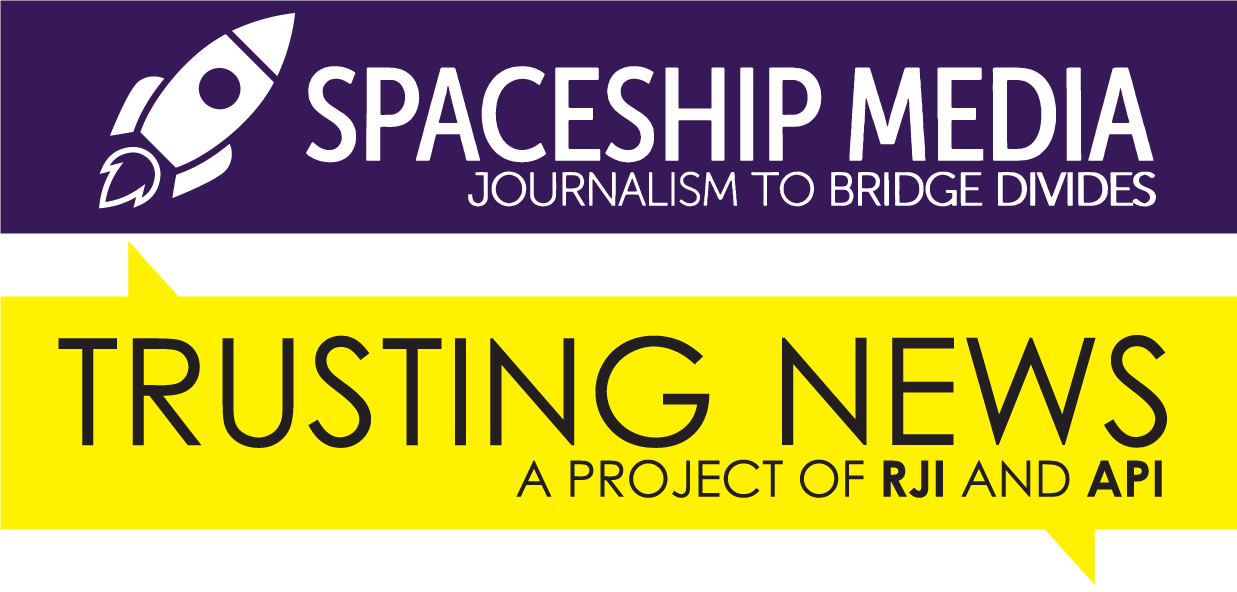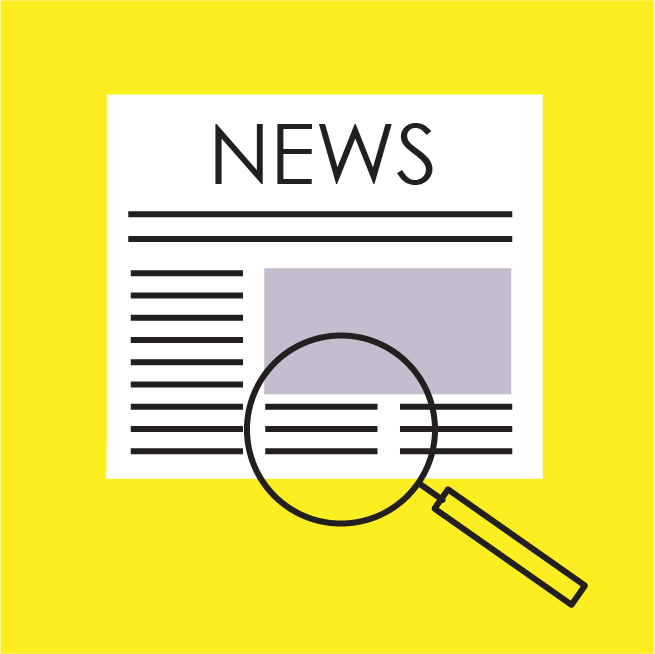Dimensions of Difference: Looking at Story

YOU
NEWSROOM
COMMUNITY
THE STORY
DIALOGUE
ABOUT
Considering content
Who we are influences our journalism. We bring our assumptions, curiosities, values and views to our work. How do these elements show up in specific stories — either intentionally or accidentally? How are our personal perspectives present in how we assign stories? How are they present in how we frame and source them? How about in the words we choose?
Our goal is not to remove any signs of our values. We do not adhere to the notion that journalists should be invisible in their work. Rather, we believe traditional ideas about bias and objectivity in journalism can be unrealistic and problematic.
We believe that journalists should be honest and transparent about where they’re coming from when possible. We are eager to see more reporter mission statements, more explanations of the goals behind coverage and more public discussions about newsrooms’ values and priorities.
When our values influence our work unintentionally or go unacknowledged, they cannot be considered in tandem with the work we’re creating — and therefore our work is less transparent and less fully honest.

Exercises to help you consider content
This section has two exercises.
In the first, we ask you to look at story examples and identify unacknowledged biases and assumptions embedded in the work.
In the second, you’ll look at stories or content from your own newsroom. This exercise is designed for individual newsroom staff to use on their own.
Exercise #1
Look for assumptions and bias in journalism.
How to use this exercise:
What to Prepare: Have everyone in your group read the same two stories with the lens of identifying what assumptions, values and biases might be embedded in them. You can pick any stories you choose, or choose from among these examples:
- Least Vaccinated U.S. Counties Have Something in Common: Trump Voters
- Rare in US for an active shooter to be stopped by bystander
- Mayor LaToya Cantrell on second official trip to Europe in a month; this time to the French Riviera
- More than 100 coronavirus cases in 8 states linked to massive Sturgis Motorcycle Rally in South Dakota
When you come together, consider these questions:
- How would you briefly describe the story?
- What assumptions or values might be baked into how this story was reported or written?
- Who might have felt justified/understood/supported by the story? Who might have felt unheard/threatened/misunderstood by the story? Why?
- Highlight any specific language that reveals a perspective, whether it’s a simple adjective or the framing of a lead or nutgraf.
- How might the story have been different if it was approached from a different perspective? Would you suggest a reframing of the story?
- If you were editing the story, what questions might you ask the reporter? What response might you anticipate to those questions?
Exercise #2
Assumptions in your newsroom’s work
How to use this exercise:
What to Prepare: Share this exercise with your practice group and ask them to complete it on their own.
Individually, spend some time thinking about where the underlying assumptions, values and ideals of your newsroom’s journalists might be showing up in your work. Sometimes that might be intentional. When it’s accidental, it’s especially worthy of examination. Which types of coverage, topics, teams or specific staffers are most challenging?
Once you’ve identified a few areas of concern, find stories that demonstrate those concerns. Then reflect on what it would look and feel like to raise these issues with the journalists involved in that coverage. This exercise is a way to prepare for the exercises in the Dialogue section.
- What conversations are needed?
- Would your newsroom’s process allow for colleagues to start those conversations? What would that look and feel like?
- Do you anticipate that there would be challenges in questioning the type of coverage you identified as problematic? What do you worry those challenges will be?
- Are there things you will want to be especially careful about bringing up? How could you prepare for that conversation?
About this guide
Dimensions of Difference is based on a series of workshops conducted by Eve Pearlman of Spaceship Media and Joy Mayer of Trusting News. Dimensions of Difference supports journalists in understanding their views and values, offering strategies for engaging more productively within newsrooms in the service of better journalism.
